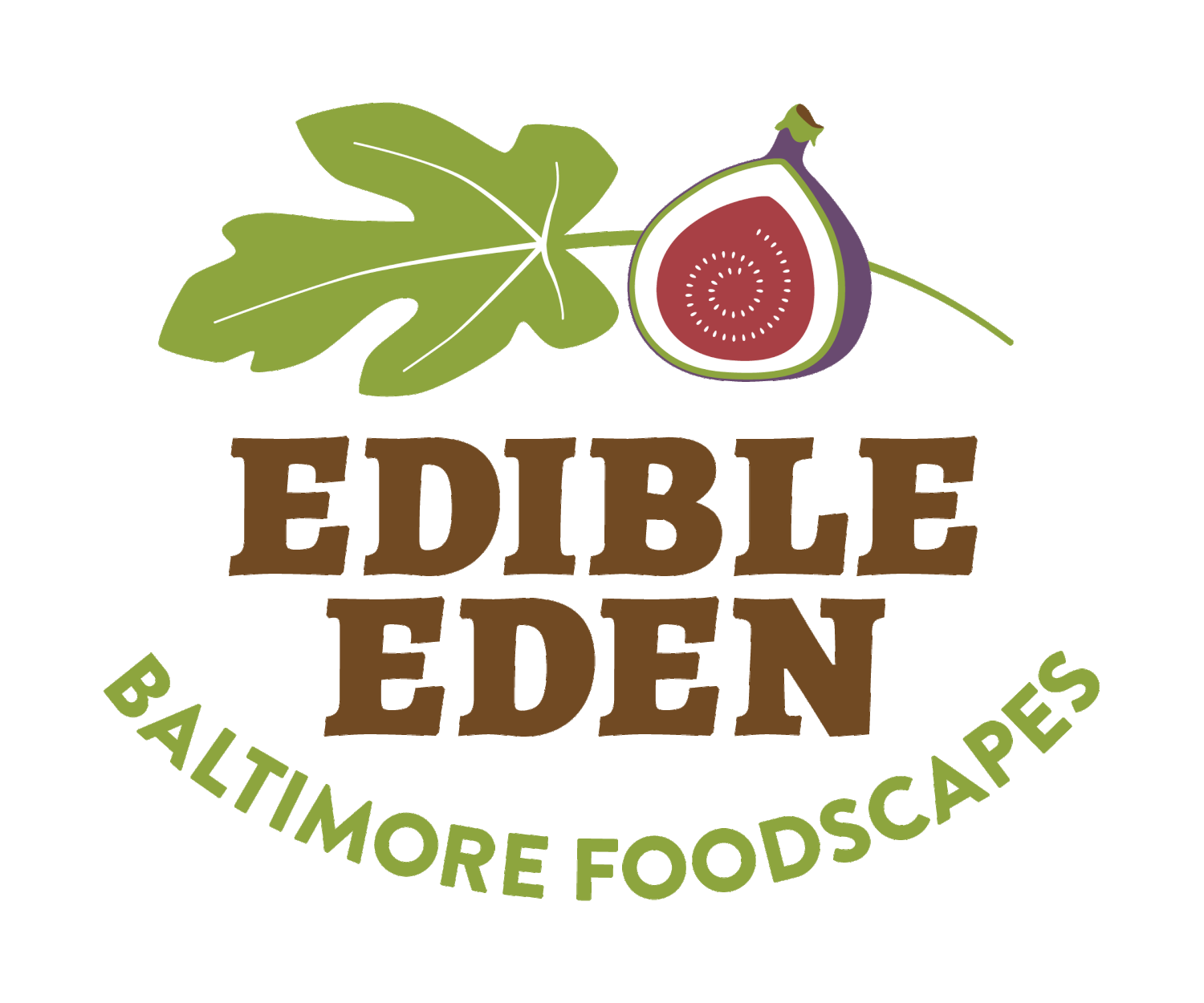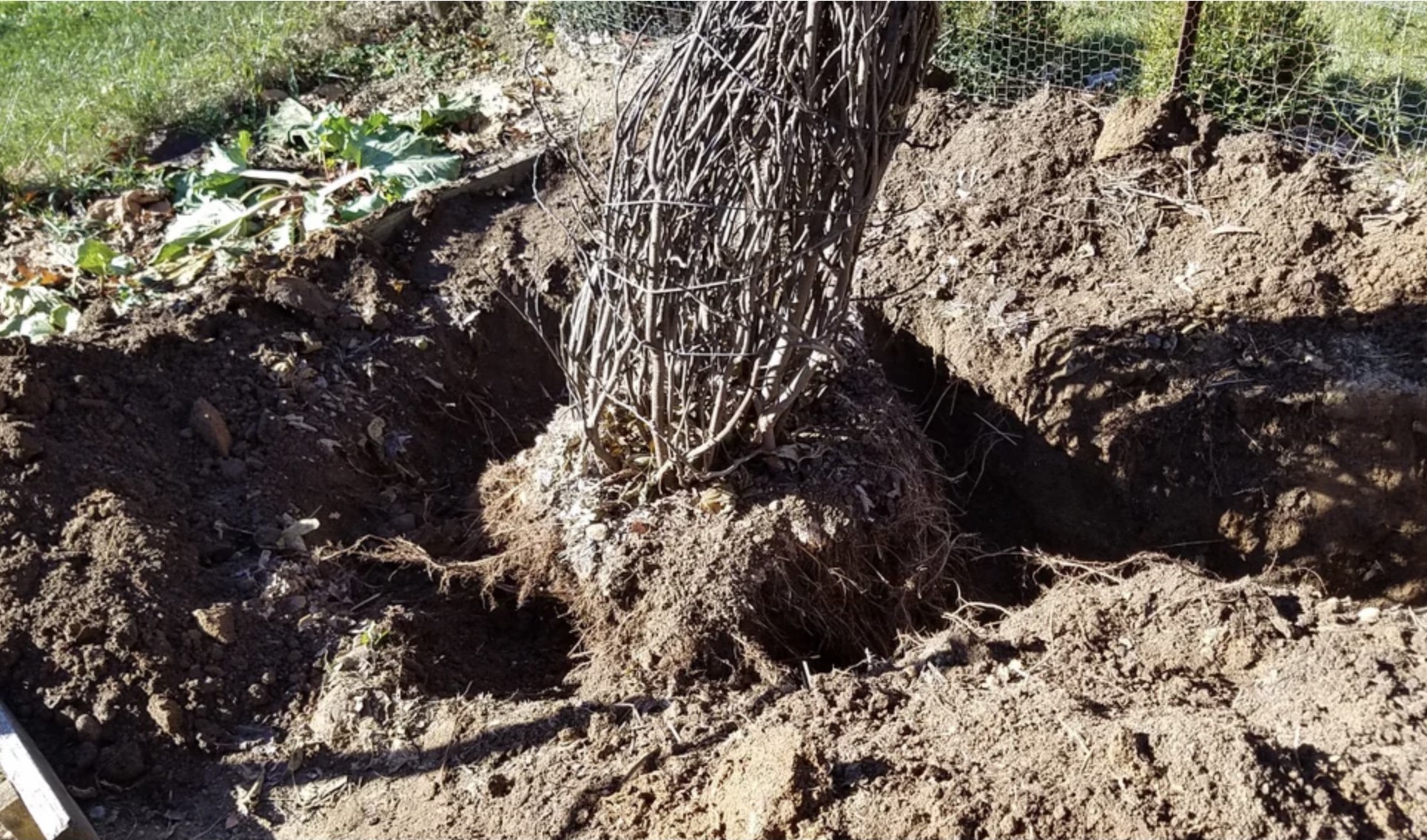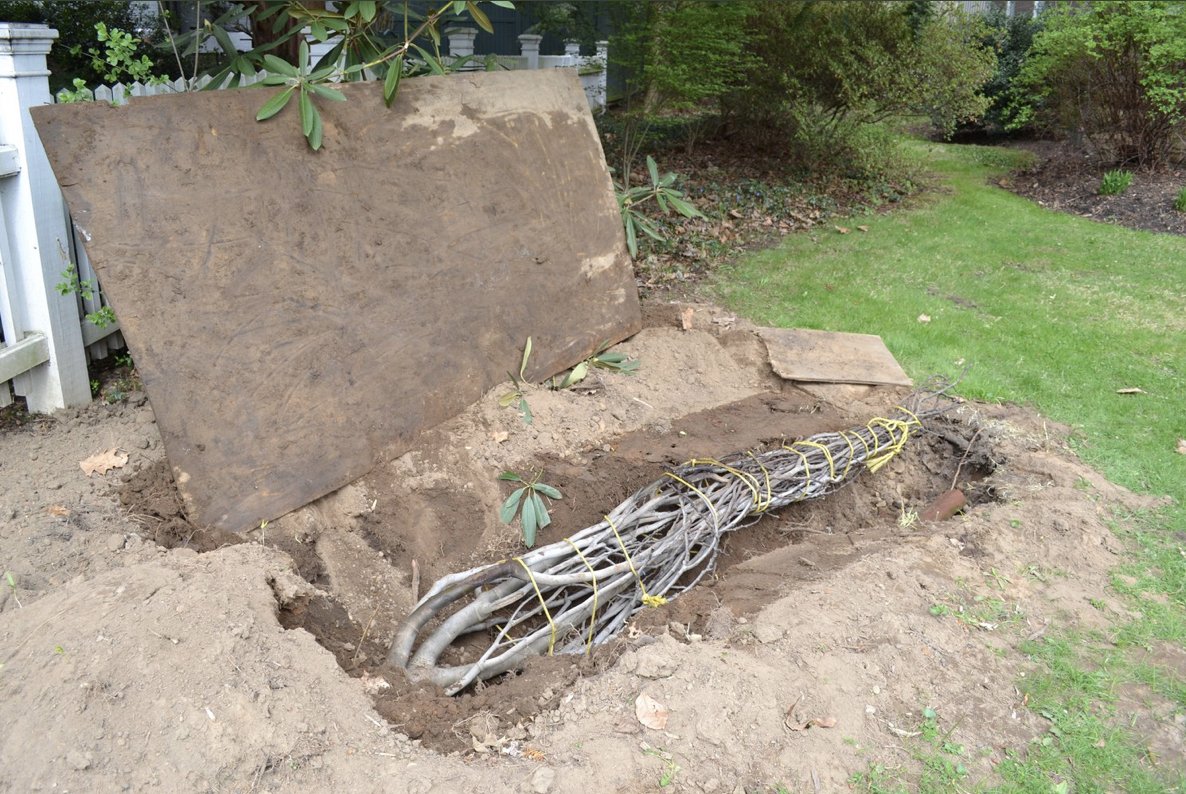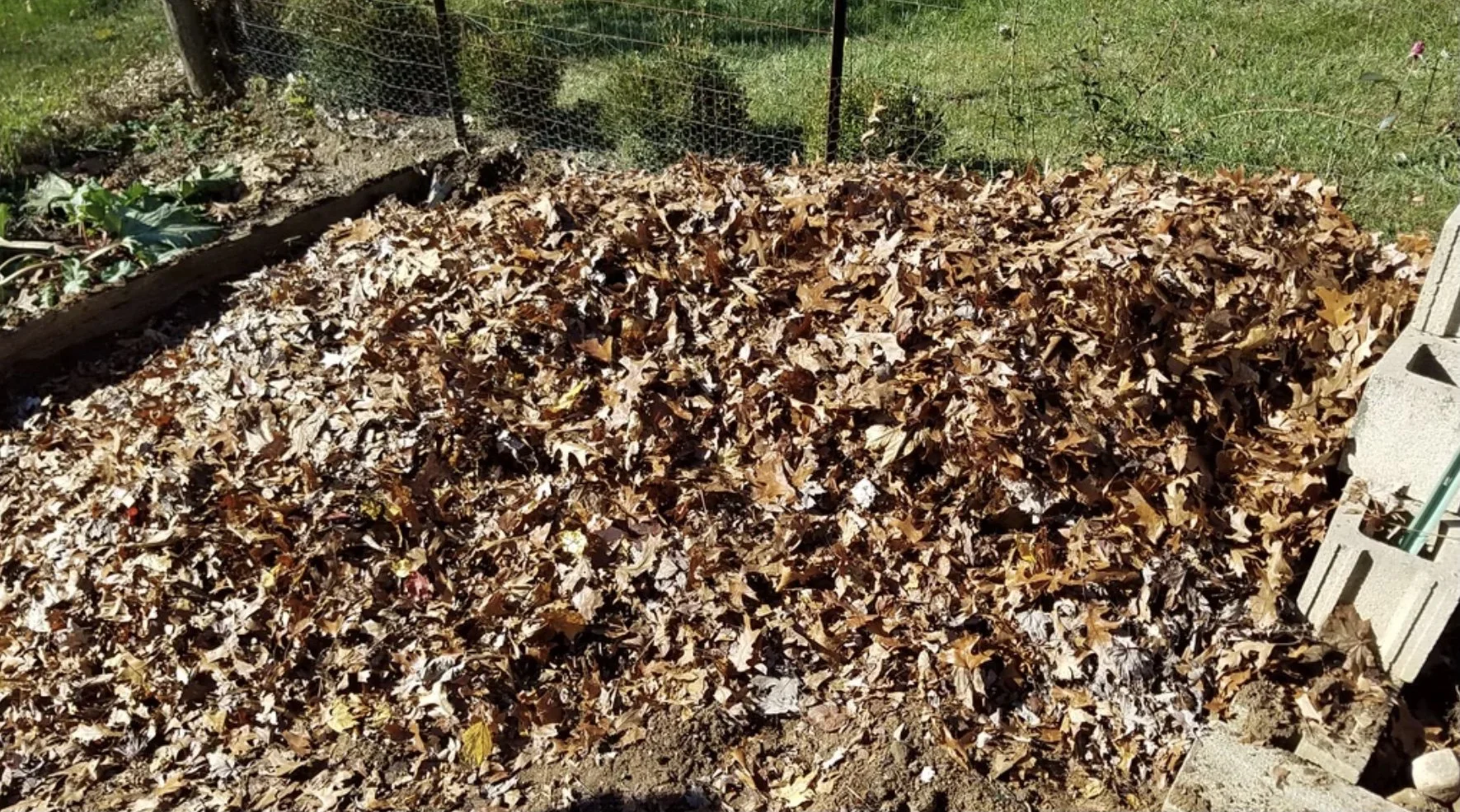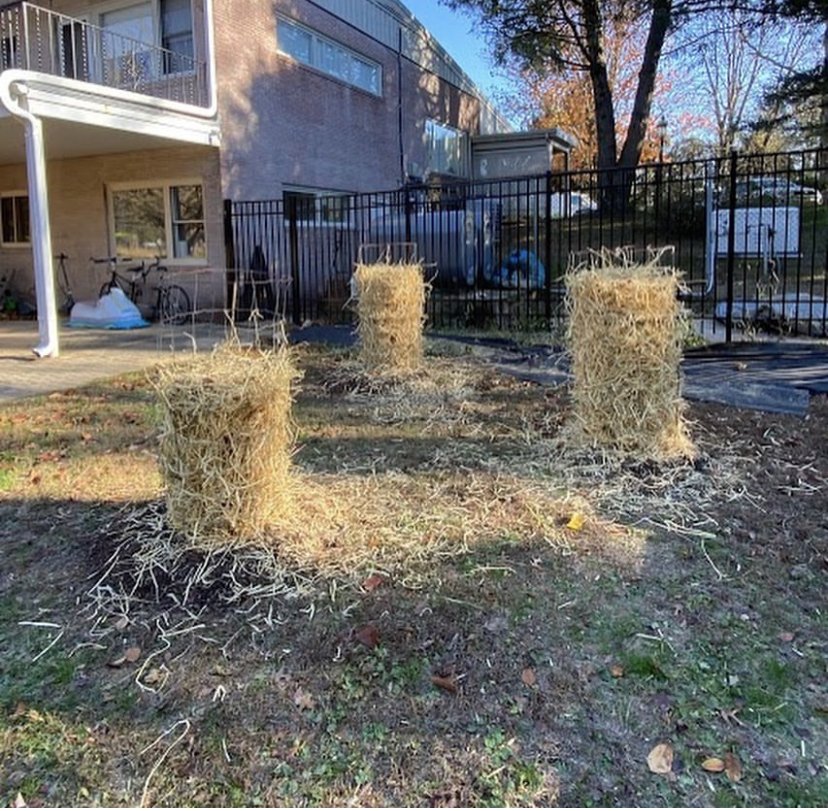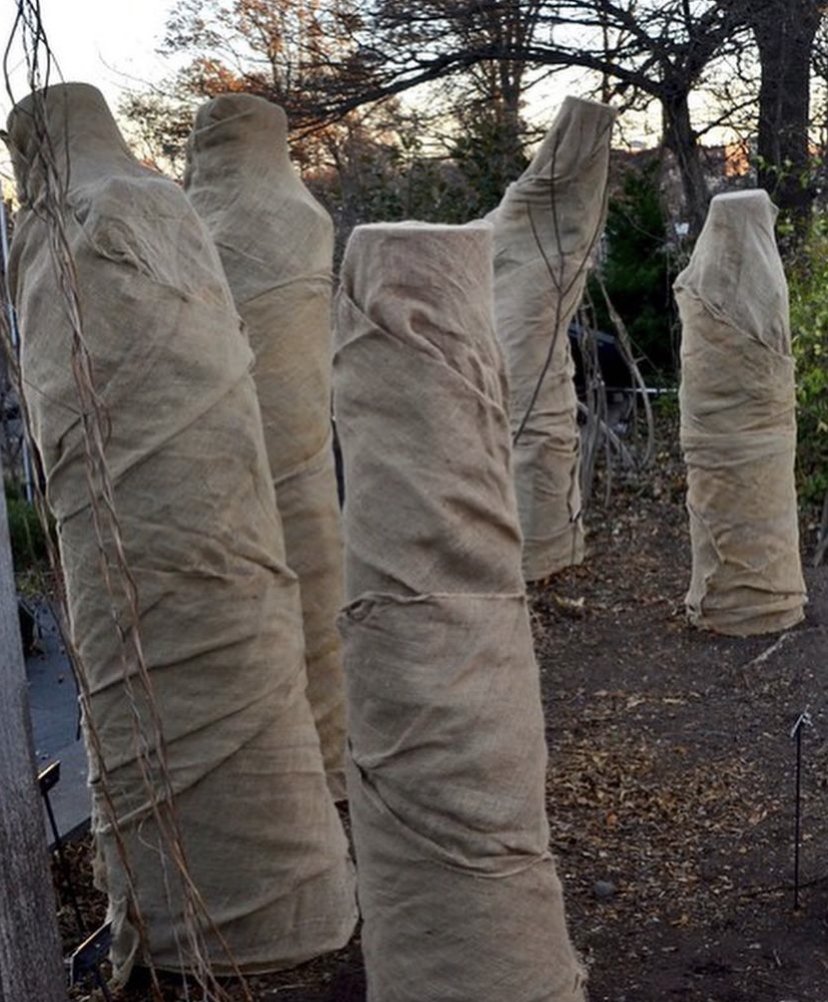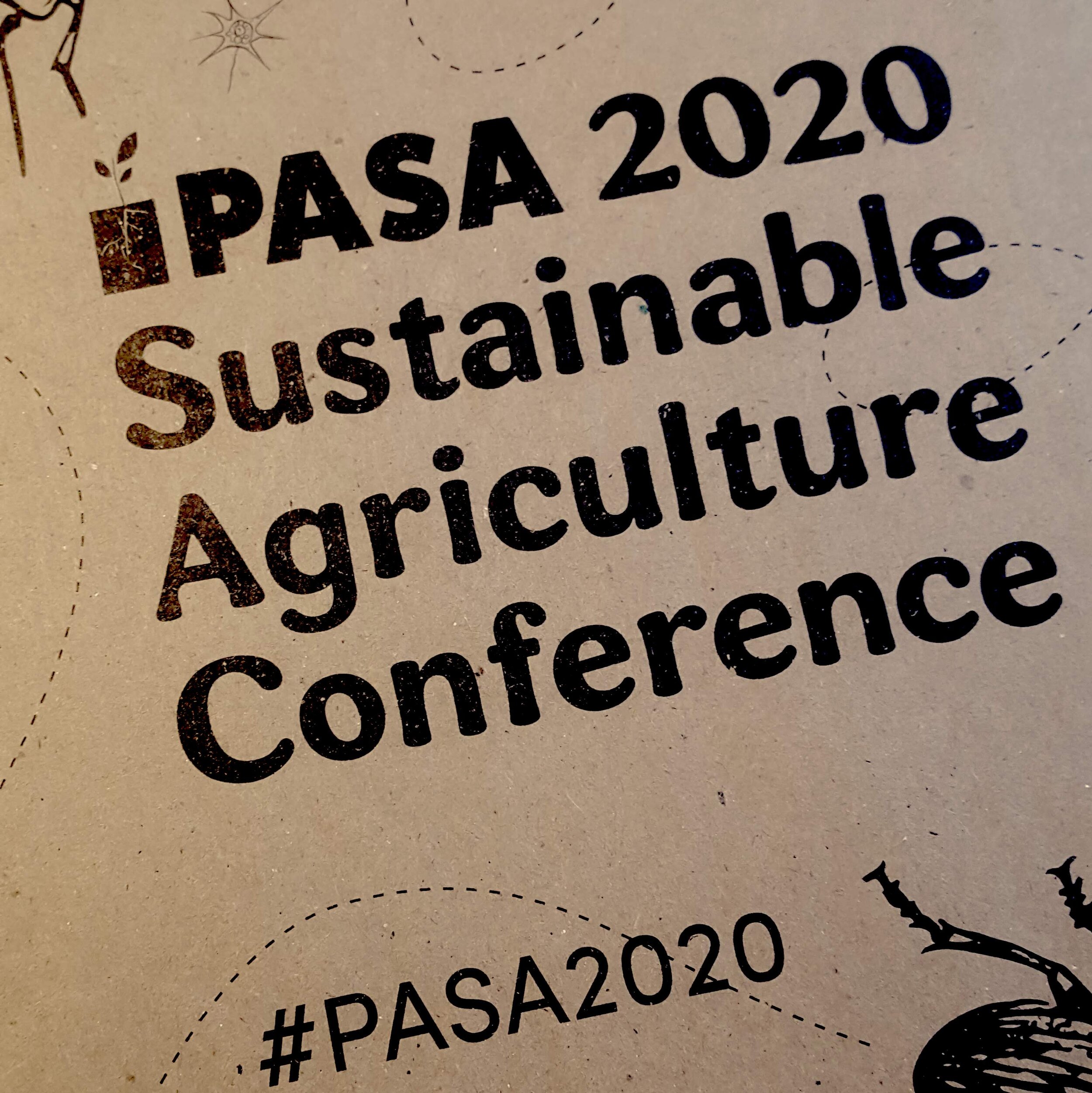Growing figs in Maryland can be a fruitful endeavor, but it does take a little bit of planning. Figs come from the Mediterranean, where wintertime temperatures rarely dip below freezing. That is not the case in the Mid-Atlantic region. In Baltimore county, average winter lows are in the mid 20’s and frequently dip into the teens. An established fig tree can survive freezing weather, but will die back to the ground if sustained temperatures are too cold. Often, frost-killed trees will grow back from the crown, but depending on the damage, it may not fruit for a year or two. If you want to ensure that you’ll have figs every summer it’s best to plan for the winter.
Before planting, or evening buying a tree, the most important step is knowing your area’s typical climate extremes, and matching the tree to the space you have. If you live in the city, the growing season will be a bit longer than the county and the wintertime lows a little higher. In the country, and particularly in valleys or on hilltops, you are probably going to be seeing colder temps. Use this info to find a variety best suited to your location. For example, outside of the city, you might want to choose a cold hardy variety like Olympian, Brown Turkey, or Hardy Chicago.
This massive fig has several factors working in its favor. First, it’s in a courtyard, which shields it from strong, drying winds. The whitewashed brick walls aren’t close to the fig, but they are likely providing some solar gain in the winter. Third, it’s situated on a hill, so the coldest air settles away from the tree. Pretty neat.
Next, you’ll want to scout your yard for the microclimates which will be the most advantageous for your figs. The most important factor is access to sun and water, but in some cases you can use architecture to your fig’s benefit. For example, the warmest location is usually near a south-facing brick wall. The wall will never shade your tree, and bricks radiate heat absorbed by the sun even in the coldest days of winter. In fall, this could also potentially extend the ripening season for varieties like Kadota.
A fig planted in a wine barrel make a great patio plant. If you put in on a dolly, you can roll into your garage for the winter.
